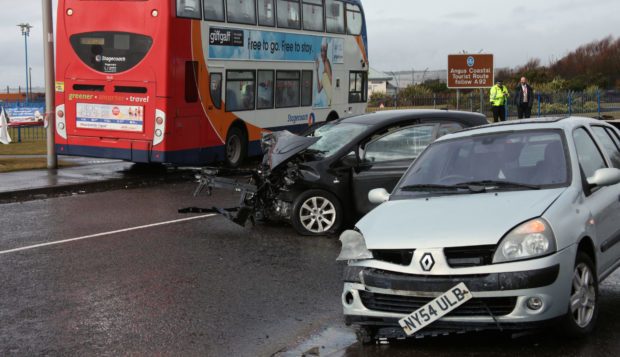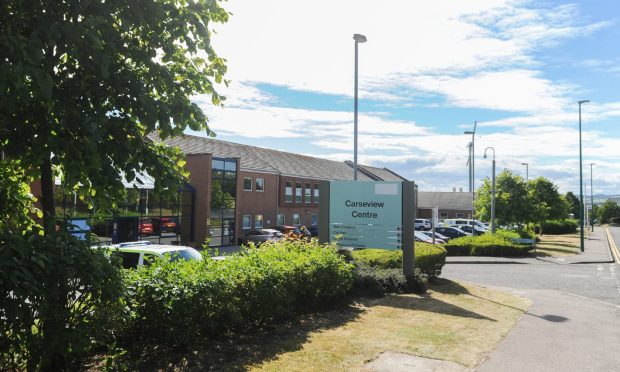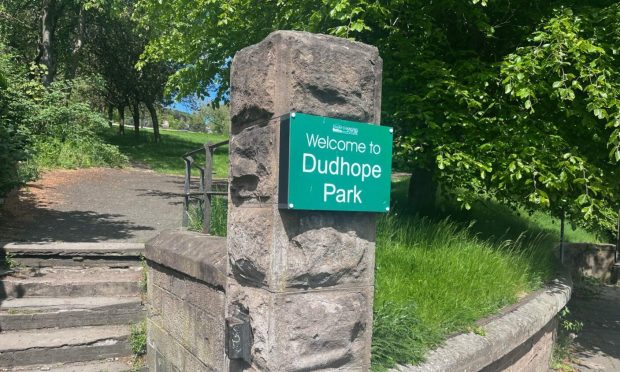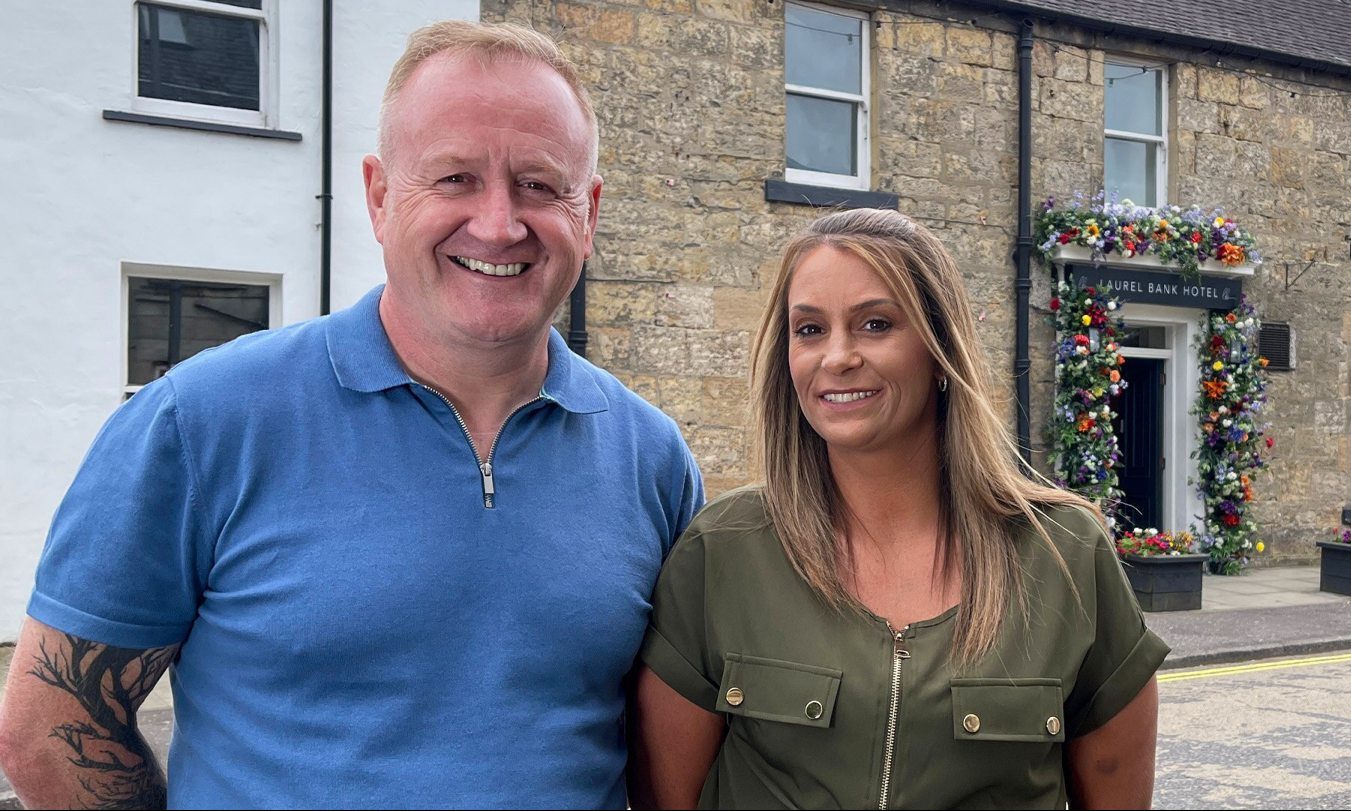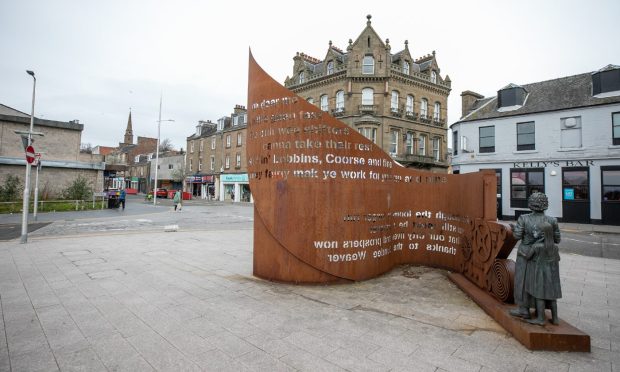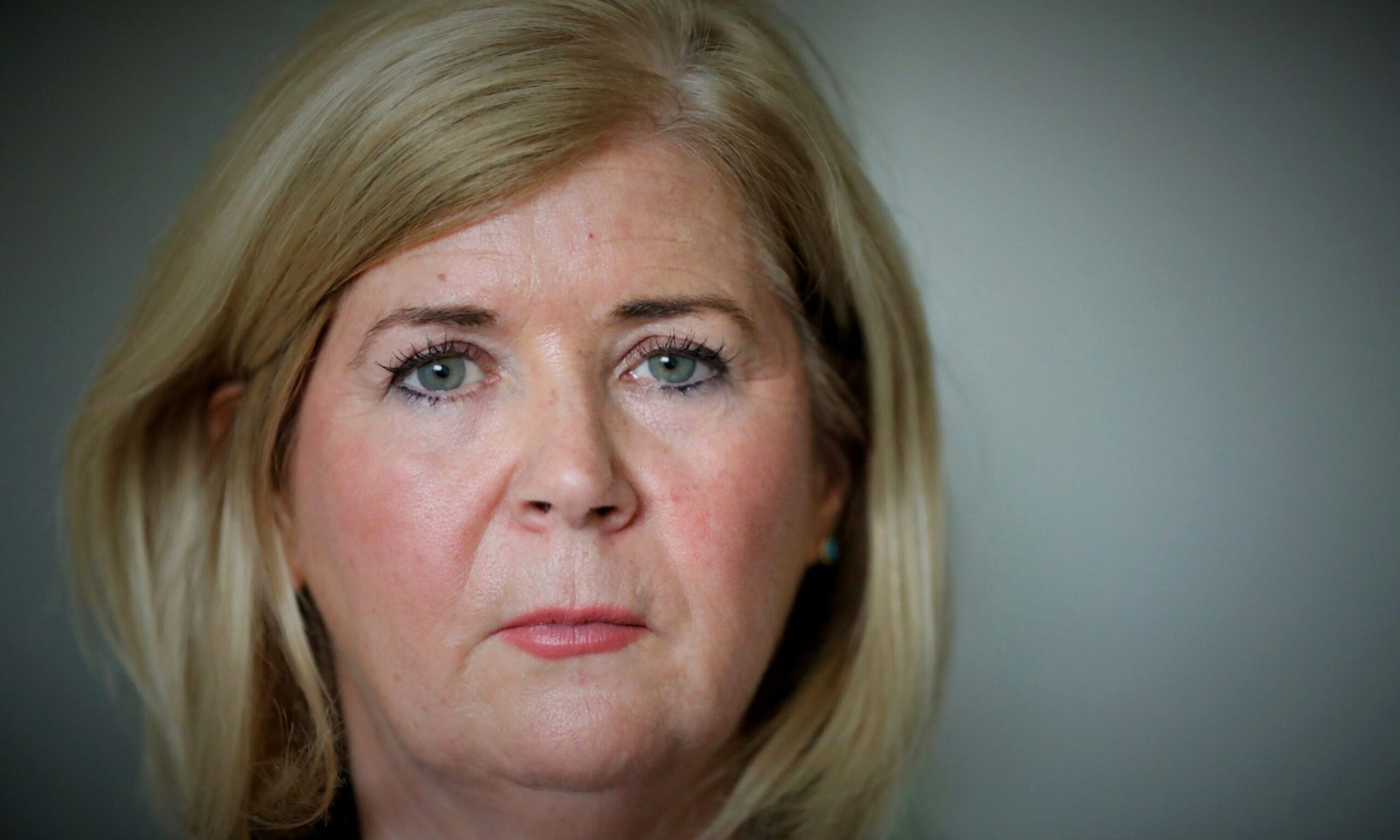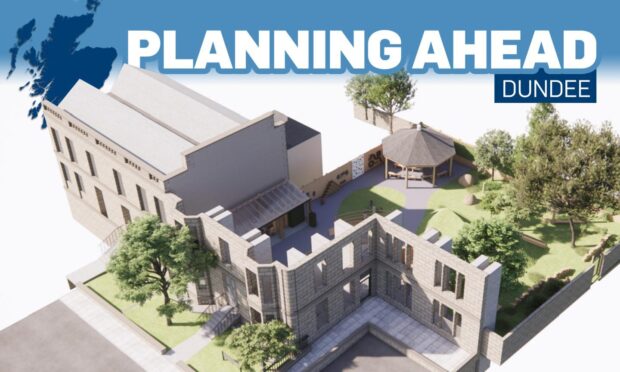Road accidents and casualties rose in Angus and Perth and Kinross last year.
New data released by the UK Government on Thursday also highlighted a decrease across Dundee and Fife between 2016 and 2017.
The highest rise was found in Angus, with a major surge in accidents and casualties, while Fife had the biggest drop of the four neighbouring authorities.
The figures showed the number of reported road accidents and reported casualties from road accidents for each area in the UK.
The statistics for Angus and Perth and Kinross go against the Scottish average, which witnessed a significant fall in both aspects.
Edmund King, president of motor association AA, said: “One death on our roads is one too many, but real progress in reducing road fatalities has stalled for far too long.
“The number of deaths on our roads is similar to that seen in 2011, so more effort is clearly needed to improve safety across the UK for all road users.”
Fife saw almost identical results in both sections with a 29.9% decrease from 448 to 314 in accidents and a 29.4% decrease in casualties from 602 to 425.
>> Keep up to date with the latest news with The Courier newsletter
Dundee reported an 8% drop in reported accidents from 163 to 150 over the two-year period and a 20.1% drop in reported casualties from 219 to 175.
Angus experienced an increase of 28% in reported accidents from 83 to 106.
That number almost doubled in the reported casualties , rising by 44% from 108 to 156.
Perth and Kinross’ biggest upswing was also in the casualties section, jumping from 321 to 358 with an 11.5% gain.There was an increase of 4.5% for reported accidents in Perthshire from 243 to 254.
Also, the number of fatal accidents increased from 10 to 15.
It comes after a summer of heartache on Perthshire stretches of the A9, where three people were killed in crashes over a three-week period across May and June.
Overall, Scotland had a 15% fall in accidents and 13% with casualties.
Despite the rise in Perthshire, statistics released earlier this year showed deaths on the A9 between Dunblane and Inverness have almost halved since average speed cameras were introduced four years ago.
The figures showed there were 14 fatalities on the route between November 2014 and October 2017, compared with 24 between 2011 and 2013.
However, the number of collisions which caused the deaths reduced by just four, from 17 to 13.
